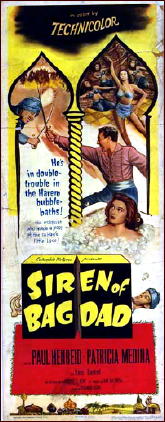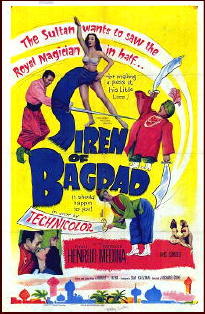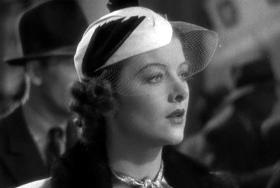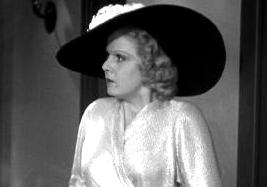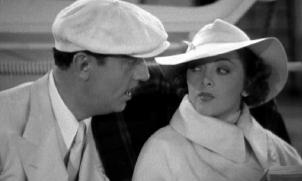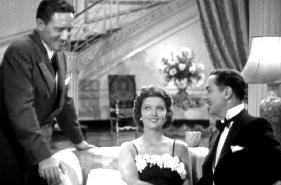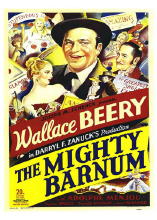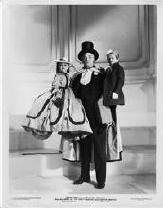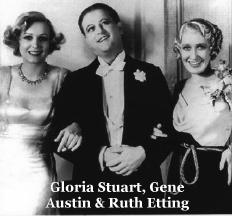Thu 23 Apr 2009
Movie Review: LOUISIANA HAYRIDE (1944).
Posted by Steve under Films: Comedy/Musicals , Old Time Radio , Reviews[5] Comments
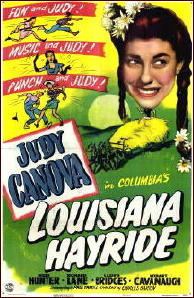
LOUISIANA HAYRIDE. Columbia, 1944. Judy Canova, Judy Canova, Ross Hunter, Richard Lane, George McKay, Minerva Urecal, Lloyd Bridges, Matt Willis, Hobart Cavanaugh. Director: Charles Barton.
Let me start out by saying that is indeed a crime movie, no matter what you may have deduced to the contrary, based on the title of the film and who the leading star is.
Judy Canova plays a country bumpkin in this movie – no surprise there, right? – who’s swindled out of her farm’s oil option money by two rambling grifters – two rambles ahead of the law – who promise her a career in Hollywood. The leading role, in fact, in a movie called — you guessed it — Louisiana Hayride.
Little do these guys know what they’re in for. You’re probably one step ahead of me, and for that matter, I’ll let you stay there.
Canova made an entire career of looking homely, with pigtails and Hee Haw costumes long before Hee Haw came along and gave hillbilly music a bad name. But her brand of youthful innocence, combined with a good-natured honesty and a strong sense of humor, usually at the expense of city slickers like the pair of crooks in this movie, made her a star in the 1940s, at least in small town America.
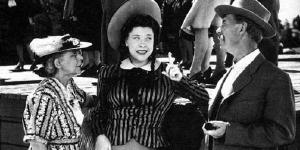
I wonder if her movies ever played in Boston or New York City. They did in Cadillac, that small town in Michigan’s upper lower peninsula where I grew up, although this particular one is almost as old as I am.
In spite of her incessant mugging for the cameras, Canova really did have a good singing voice, which is on display to great advantage several times in Louisiana Hayride. A pair of songs I recognized immediately were “Shortnin’ Bread” and “Put Your Arms Around Me, Honey,” which probably tells you more about me than you want to know.
Besides being a better than average belter of southern fried song hits, Judy Canova was also not quite as homely as the characters she played on the screen. I found this photo of her taken when she was older, and to me, she’s quite a handsome looking lady.
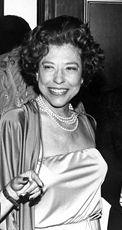
There are jokes being cracked and funny business going on continuously in this movie, in between the songs, that is, and I have to tell you I enjoyed them all, still being a small town kind of guy at heart.
PostScript. I nearly forgot to mention that Judy Canova was also a hit on radio, with her self-named series running on NBC from 1945 to 1953, which is essentially when her movie career came to a close as well.
You can listen to four episodes online here, and with a little searching, I’m sure you can find more.
Among the group of regulars in the cast were Hans Conreid, Mel Blanc and Sheldon Leonard. (One of these fellows came up for discussion not too long ago, as regular readers of this blog will quickly recall.)
